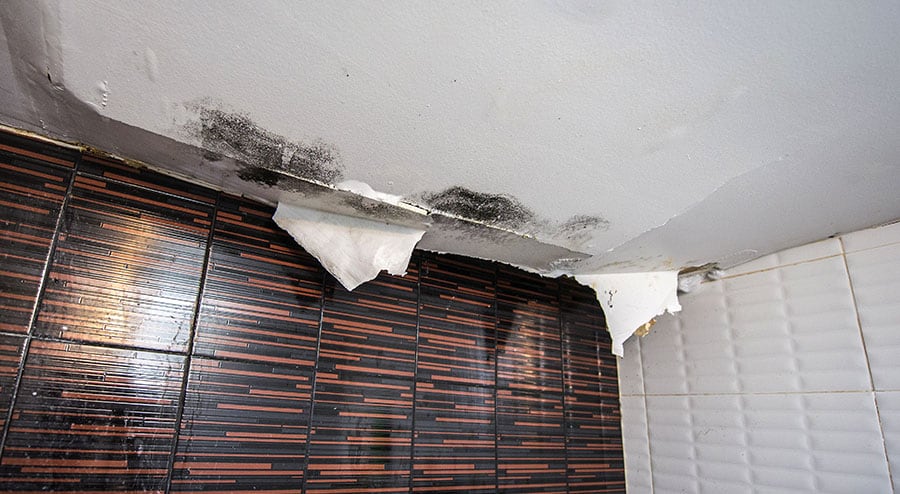Do's and also Don'ts Throughout Water Damages Emergency Situations.
Do's and also Don'ts Throughout Water Damages Emergency Situations.
Blog Article
They are making several great pointers about 5 Home Safety Tips To Reduce The Risk Of Fire And Water Damage as a whole in the article just below.

Water offers life, water intrusion on components where it's not supposed to be can result in damage. If the water saturates into your framework, it can peel off away surfaces as well as wear down the foundation. Mold and mold likewise prosper in a moist environment, which can be harmful for your health and wellness. Houses with water damage odor moldy and also old.
Water can come from lots of sources such as typhoons, floods, ruptured pipes, leaks, and drain problems. In case you experience water damages, it would certainly be good to understand some safety and security preventative measures. Below are a few guidelines on how to take care of water damage.
Do Prioritize Home Insurance Insurance Coverage
Water damages from flooding because of heavy winds is seasonal. However, you can also experience an abrupt flooding when a faulty pipe unexpectedly ruptures into your residence. It would be best to have house insurance policy that covers both disasters such as all-natural disasters, and emergency situations like broken plumbing.
Don't Neglect to Shut Off Utilities
In the event of a disaster, particularly if you stay in a flood-prone area, it would be advisable to switch off the main electrical circuit. This removes power to your entire residence, protecting against electrical shocks when water can be found in as it is a conductor. Moreover, don't neglect to switch off the major water line shutoff. When floodwaters are high, furniture will certainly move and also cause damage. Having the primary shutoff shut down prevents more damage.
Do Keep Proactive and also Heed Weather Notifies
Listen to evacuation warnings if you live near a creek, river, or lake. Doing so minimizes possible home damages.
Do Not Overlook the Roof
You can avoid rainfall damage if there are no holes and also leakages in your roof covering. This will certainly stop water from moving down your wall surfaces and soaking your ceiling.
Do Focus On Small Leaks
A burst pipeline doesn't occur over night. Normally, there are warnings that indicate you have damaged pipes in your house. You might notice bubbling paint, peeling wallpaper, water touches, water discolorations, or leaking audios behind the walls. At some point, this pipeline will break. Preferably, you must not wait for things to escalate. Have your plumbing repaired prior to it leads to massive damage.
Don't Panic in Case of a Ruptured Pipeline
When it comes to water damages, timing is key. Thus, if a pipeline bursts in your residence, promptly shut off your major water valve to reduce off the source. Call a reliable water damages remediation professional for assistance.
Water provides life, water breach on parts where it's not expected to be can result in damages. Residences with water damages scent old as well as moldy.
Water damage from flood dues to heavy winds is seasonal. You may discover gurgling paint, peeling wallpaper, water streaks, water discolorations, or dripping noises behind the walls. When it comes to water damage, timing is vital.
Some Do's & Don't When Dealing with a Water Damage
DO:
Make sure the water source has been eliminated. Contact a plumber if needed. Turn off circuit breakers supplying electricity to wet areas and unplug any electronics that are on wet carpet or surfaces Remove small furniture items Remove as much excess water as possible by mopping or blotting; Use WHITE towels to blot wet carpeting Wipe water from wooden furniture after removing anything on it Remove and prop up wet upholstery cushions for even drying (check for any bleeding) Pin up curtains or furniture skirts if needed Place aluminum foil, saucers or wood blocks between furniture legs and wet carpet Turn on air conditioning for maximum drying in winter and open windows in the summer Open any drawers and cabinets affected for complete drying but do not force them open Remove any valuable art objects or paintings to a safe, dry place Open any suitcases or luggage that may have been affected to dry, preferably in sunlight Hang any fur or leather goods to dry at room temperature Punch small holes in sagging ceilings to relieve trapped water (don't forget to place pans beneath!); however, if the ceiling is sagging extremely low, stay out of the room and we'll take care of it DO NOT:
Leave wet fabrics in place; dry them as soon as possible Leave books, magazines or any other colored items on wet carpets or floor Use your household vacuum to remove water Use TV's or other electronics/appliances while standing on wet carpets or floors; especially not on wet concrete floors Turn on ceiling fixtures if the ceiling is wet Turn your heat up, unless instructed otherwise

As a devoted person who reads about Fire And Water Damage Prevention, I think sharing that article was a smart idea. If you enjoyed our post plz do not forget to pass it around. Thanks a lot for going through it.
Report this page